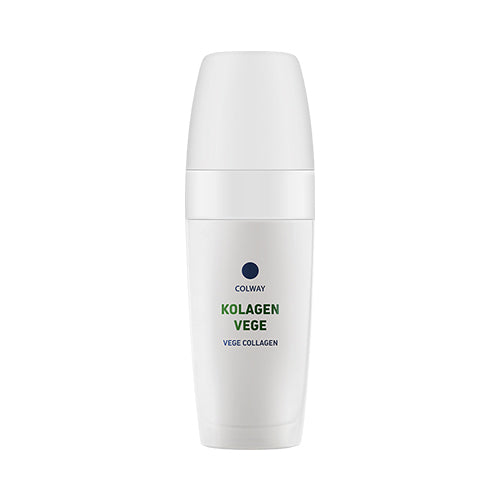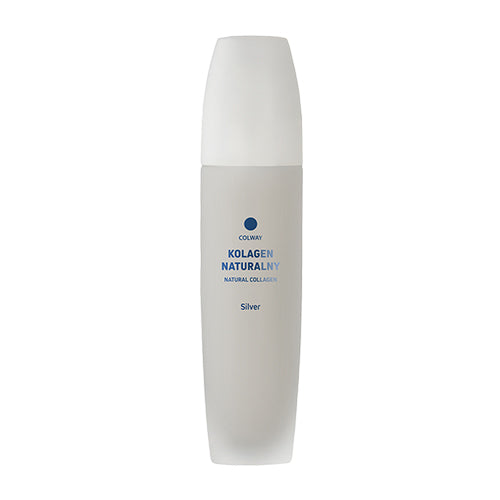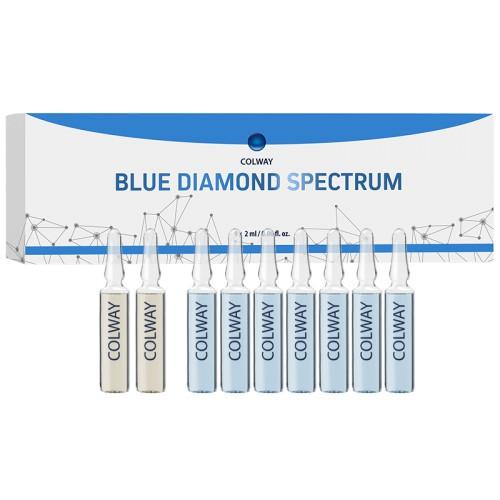Discover the Benefits of Microneedling for Various Skin Conditions
Microneedling has gained popularity over the years as a minimally-invasive treatment for a variety of skin conditions. The treatment involves puncturing the skin with fine needles, which triggers the body’s natural healing process and stimulates collagen production. In this article, we will discuss the benefits of microneedling, the types of skin conditions it can treat, and the factors that practitioners should consider when choosing a microneedling device and skincare products.
What is Microneedling?
Microneedling is a minimally-invasive treatment that involves puncturing the skin with fine needles contained in a sterile cartridge. The needles can penetrate both the epidermis and the dermis, depending on their length. This creates controlled trauma to the skin, which triggers the body’s natural healing process and stimulates collagen production.
One of the benefits of microneedling is that it does not cause over-contraction of the skin, unlike some other treatments such as chemical peels and laser resurfacing. The puncture channels created by the needles quickly close, which allows topical active ingredients to penetrate deeper into the skin.
Which Skin Conditions Benefit from Microneedling?
Microneedling is a versatile treatment that can benefit a range of skin conditions. It is particularly effective for prematurely ageing skin, mature skin showing signs of laxity and wrinkles, and skin that has been damaged by overexposure to UV rays. The treatment can also improve the appearance of acne scars, stretch marks, and burns scars. In addition to the face, microneedling can be used on the body, including the neck, décolleté, and hands.
The reason microneedling is so effective for these conditions is that it stimulates collagen production, which improves the texture and elasticity of the skin. By creating controlled trauma to the skin, microneedling also promotes cell turnover and helps to reduce the appearance of scarring.
Is Microneedling Suitable for All Skin Types?
While microneedling can be performed on all skin types, there are some contraindications to treatment. Skins with active conditions such as acne or infections cannot be treated. For Fitzpatrick phototypes above IV, preparation should be used to prevent the possibility of hyperpigmentation rebound, and if treating hyperpigmentation then homecare products are recommended to be used for the duration of the treatment programme.
It is important for practitioners to thoroughly evaluate each patient's skin prior to treatment and discuss any potential risks or concerns.
What Other Aesthetic Treatments Compliment Microneedling?
Combination treatments are common in many clinics, with the most common being microneedling with chemical peels or platelet-rich plasma (PRP). There are currently no protocols from the manufacturer for combining treatments, but practitioners may choose to use their professional judgement to create treatment plans that suit their patients' needs.













